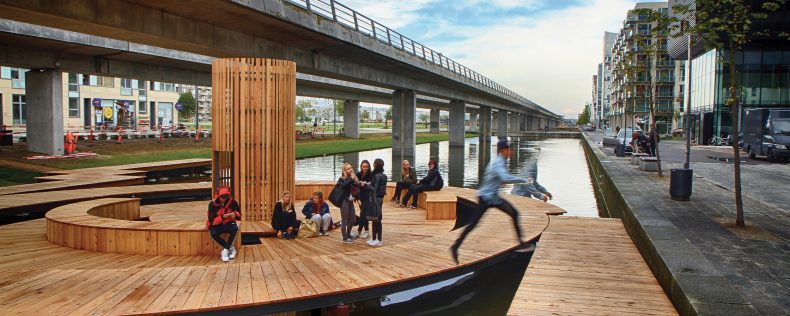Architecture and urban design relate not only our lifestyles; they also have a direct impact on our well-being. Today we live in a persistent state of conflict between, on the one hand, an inherited design approach based on specific solutions for a specific social group, and on the other, a day-to-day reality characterized by diversity and complexity. Our historical and current approach to design neither reflects people’s differences nor responds to their changing needs throughout their lives. Inclusive city and building design must therefore focus on the broadest possible spectrum of human bodies, senses, genders and ages. This course aims to bridge the gap between inherited approaches, current conditions, and future needs by embracing human diversity as a strategy for leaving no one behind.
First, we shape our cities, then our cities shape us.

